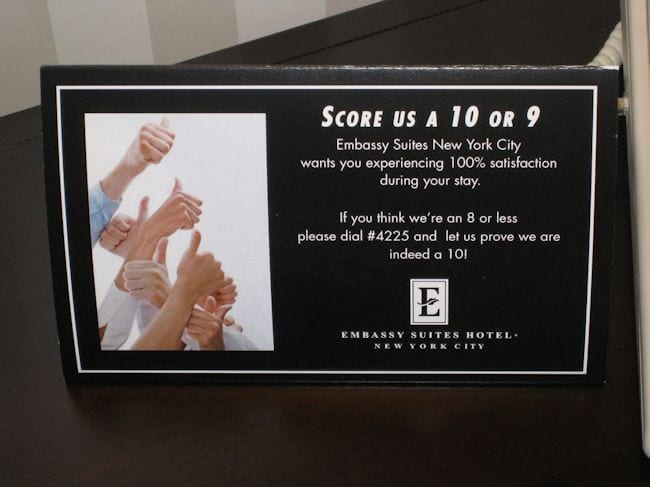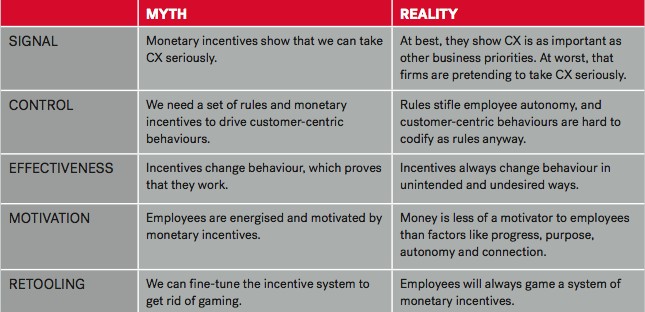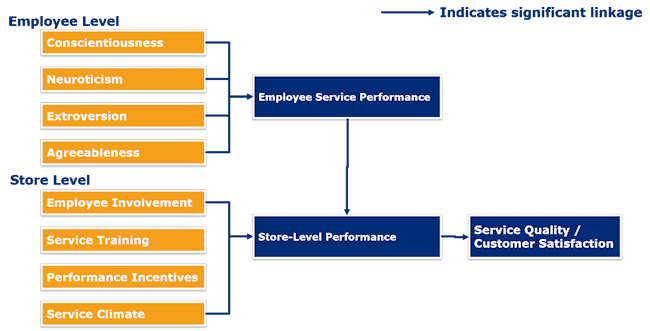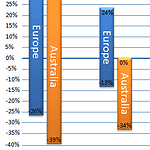Sudoko has it’s roots in 19th century French newspapers (yes really) and only became mainstream from 2004 when it started appearing, seemingly, everywhere.
Actually, I’m not a fan of this puzzle and, after trying them a couple of times, I gave it away. However, plenty of people have invested a lot of time solving some of the over 5 billion potential puzzles (5,472,730,538 to be exact) on the basic grid.
That’s a lot of time invested for no monetary reward; so what do you think would happen if you started to pay people to solve Sudoko puzzles?
Conventional business wisdom would say that if players do it for free, giving them a financial incentive would mean they solve even more. But that wisdom is wrong.
A study with very similar circumstances (paying people to solve puzzles) showed exactly the reverse. When paid to perform a task they naturally enjoyed, people did less of it. Talk about counter-intuitive.
This post takes that idea and lays it over the very common practice of giving front line staff Net Promoter® targets. It is also very applicable to Customer Satisfaction targets.
I’m arguing against this very common business tactic because it is counter productive at best and potentially damaging to the business as worst.
Get the Business Leader's Guide to Net Promoter Score Download HereHere is why.
It destroys intrinsic motivation
“When money is used an an external reward for some activity the subject lose intrinsic interest for the activity.” Eward Deci
In his research Deci compared the change in people’s motivation to complete a task when a reward was added for completion. He found that subject previously happy to complete a task (a puzzle in this case) for no reward lost interest if rewards were added then removed.
Adding the reward fundamentally changed the nature of the task. It turned the intrinsically motivated task (doing it for the interest) into work (doing it for reward). When the reward was removed subjects would no longer perform the task.
Adding extrinsic rewards to achieve Net Promoter Scores does exactly the same thing to your front line staff: it destroys their intrinsic motivation to provide good service. All of a sudden good service is only something they provide if they get a direct reward.
Most Success factors are out of the control of front line staff
It’s often easier to distort the system or the numbers than it is to actually improve. We’ve seen that happen (gaming the numbers) in situations ranging from the VA waiting time scandal and the recent Wells Fargo scandal. Mark Graban
Consider the situation of the front line person in a bank. How much ability does that person have to impact on the customer’s overall experience in the bank?
Firstly, they are beset by rules and regulations on what they can and can’t do, as handed down to them by company policy, external agencies, governments, etc.
Then their competency in the tasks they perform is determined by the training provided by the company.
The effectiveness of the software and business systems they use are controlled by others.
The decor of the place in which they work are supplied by the company.
Even their personality traits are pre-selected by the organization’s hiring practices.
So when you think about it, there is little they can to impact the customer’s perception of the transactional interaction. They can smile and be pleasant – that’s about it.
So with the key success factors out of their reach there is only one thing they can do to meet score targets: score beg.

That doesn’t help them, their customers or their employers.
Exploding the Myths
I hear a lot of myths about why you might want to give people specific NPS targets and this matrix from Gartner neatly explodes all of them.

(Source: Forrester mythbusters explain why incentivising CX never works)
Proof that Incentives Don’t Lift Service Quality
In this research the factors that affect service quality and customer satisfaction in retail environments were examined in detail.
Below is a chart of the significant factors that affect customer satisfaction.
What do you notice is missing? A link between Performance Incentives and Service Quality!
That’s right, in this research, performance incentives had no impact on service quality. What did have an impact was the Service Climate and Employee Involvement.
Interesting. Let’s examine that a little more.

What Does Work
So if giving people NPS® targets doesn’t work, what does?
It is hinted at in the research above and Toyota and the Quality movement solved this many years ago: involving people in the business is the best way to lift quality scores. In this case the outcome is better Net Promoter Scores.
You can involve them in many ways. Teaching them simple root cause analysis techniques and asking them for their suggestion is a trivially simple way to do this.
Then you need a well structured way to follow up on the ideas.
This seemingly simple idea has been proven to work in many organizations.
BHP Billiton is an enormous mining company using this approach to reduce costs in their iron ore mining operations in Western Australia. The same approaches will work to improve Net Promoter Scores in your business.
Here’s excerpt of a recent article about their success:
… in 2016 there were about 1860 initiatives created, with 1060 related to cost, 250 each in the areas of safety and culture, and the remainder on increasing throughput. The pace has actually picked up in the last month, with 400 new ideas generated in the last 30 days as part of a renewed productivity push…
Each week, at each site, a team meets in a specially created “war room” to discuss news ideas and monitor the progress (BHP calls it the “cadence”) of ideas already in train. An initiative starts at level zero and progresses to level four or five, depending on how it develops and is rolled out.
“We have developed a well-structured approach to follow up on ideas, because ideas per se are no good if you’re not able to make sure that the value’s being delivered,” [source]
Imagine generating 400 ways to improve the customer experience at your company next month. Imagine the improvements in experience and lower costs your could generate.
And here is another critical part of the process:
There are no monetary rewards for offered ideas, although Basto took a few teams to the footy in Perth last year to recognise their efforts. Basto says a sense of healthy competition, or “healthy tension” as he describes it, keeps the various sites on their toes. [source]
That’s right – there are no rewards for the number of ideas generated. This is also well supported by research because people perform worse when finding creative solutions if directly rewarded.
In an experiment called the “candle problem”, which requires creativity to solve, Sam Glucksberg discovered that people offered a reward for solving the puzzle performed substantially worse than those with no reward.
Net Promoter Score Target Case Study of Success
Nice idea but does it work in the customer feedback space.
I’m glad you asked – yes it does.
Recently I was speaking with one of our customers, Justin Hodgson (Marketing Director at Manheim) who has implemented NPS in just the last 10 months. He was excited by what they had done.
In our conversation he told me;
We had a goal of 2 improvement projects in the first year and we have 17 already…
We’ve determined the value of detractors/promoters/neutrals for our different businesses so we can justify investments in the business…
[Our Managing Director] recently said this was the best project the company has implemented this year and that he can already see demonstrated business value…One of our lowest performing areas has really taken to NPS and they have seen their score substantially improve. It’s early days but we expect to see an improvement in their financial results as a result in the not too distant future…
Our staff are really taking this seriously…
We’re not getting enough responses from [this area] how can we get more information so we can drive improvement?…
In our whole conversation you know what he almost never mentioned? Their score.
Sure he talked about changes in scores and how one area with a low score how gone about improving it. That was a diagnosis process — where to focus for maximum effect.
But he didn’t talk about front line staff or teams meeting goals or missing them.
His focus is almost exclusively on how the information being collected is driving improvement projects.
Don’t get me wrong, they report the score in monthly updates but it’s not their focus. They are focused on improving their business not tracking a number.
I’m going to close this post with a quote that I think highlights this type of success. It’s from Edgar Basto, the head of BHP Billiton’s Western Australian iron ore operations:
What I have seen with this is that if you pay attention, if you listen to the guys, you energise them so they can come up with new ideas. source







